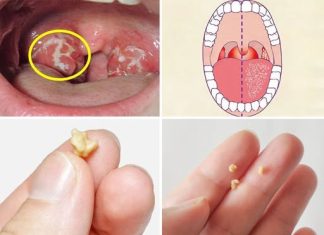In 2016, Dr. Anna Stone, a research scientist, underwent a profound near-death experience (NDE) after a life-threatening medical event. Her account offers a compelling glimpse into consciousness beyond clinical death, challenging conventional understandings and shedding light on the transformative potential of such experiences.
Prelude to the Near-Death Experience
Before her NDE, Dr. Stone faced significant personal challenges. She was entangled in a tumultuous marriage, struggled with substance abuse, and grappled with a recent bipolar disorder diagnosis. These factors contributed to a period of instability and self-destructive behavior, setting the stage for the pivotal event that would alter her life’s trajectory.
The Medical Crisis
In November 2016, Dr. Stone suffered an ectopic pregnancy that led to severe internal bleeding. She recalled making a grim jest about bleeding to death before losing consciousness. Emergency medical services transported her to the hospital, where she was pronounced clinically dead for six minutes.

Out-of-Body Observations
During this period of clinical death, Dr. Stone reported an out-of-body experience. She described a sensation of detachment from her physical form, observing the medical team’s resuscitation efforts from a vantage point near the ceiling. Notably, she recounted hearing specific conversations among the medical staff, including remarks about her medical history, which were later corroborated, lending credence to her account.
Encounters Beyond the Physical Realm
Dr. Stone’s experience extended beyond the hospital room. She described an ability to instantaneously visit her children: witnessing her eldest daughter taking an exam 210 miles away and seeing her youngest playing in the hospital waiting room. These perceptions were vivid and conveyed a sense of omnipresence.
The ‘Waiting Room’ Experience
A particularly striking aspect of Dr. Stone’s NDE was her encounter with what she termed the “waiting room.” This space was characterized by a yellowish hue and an infinite expanse devoid of other beings, yet she sensed a profound presence. She experienced a state of boundlessness, perceiving herself as enormous and omnipresent, with 360-degree vision. This environment evoked feelings of peace and introspection.
Return to Life and Physical Sensations
Dr. Stone’s return to her body was marked by a sharp, painful sensation as she re-entered through her abdomen, specifically the belly button. She regained consciousness with a gasp, much to the astonishment of the medical team, who had pronounced her dead minutes earlier.
Transformative Aftermath
The NDE served as a catalyst for profound personal transformation. Dr. Stone ceased alcohol consumption, a change she attributed directly to her experience. She also ended her toxic marriage and redirected her professional focus toward teaching and aiding others with trauma backgrounds. This shift underscored a newfound commitment to service and self-improvement.

Scientific Perspectives on Near-Death Experiences
Dr. Stone’s account aligns with broader scientific investigations into NDEs. Research indicates that the dying brain can exhibit unexpected high-frequency electrical activity, particularly in regions associated with conscious experience. For instance, studies have documented surges of gamma waves and synchronized brain activity moments after cardiac arrest, suggesting that consciousness may persist beyond clinical death.
Conclusion
Dr. Anna Stone’s near-death experience offers a compelling narrative that bridges personal transformation and scientific inquiry. Her journey underscores the potential for profound change following such events and invites continued exploration into the nature of consciousness and the mysteries that lie beyond the threshold of life and death
















